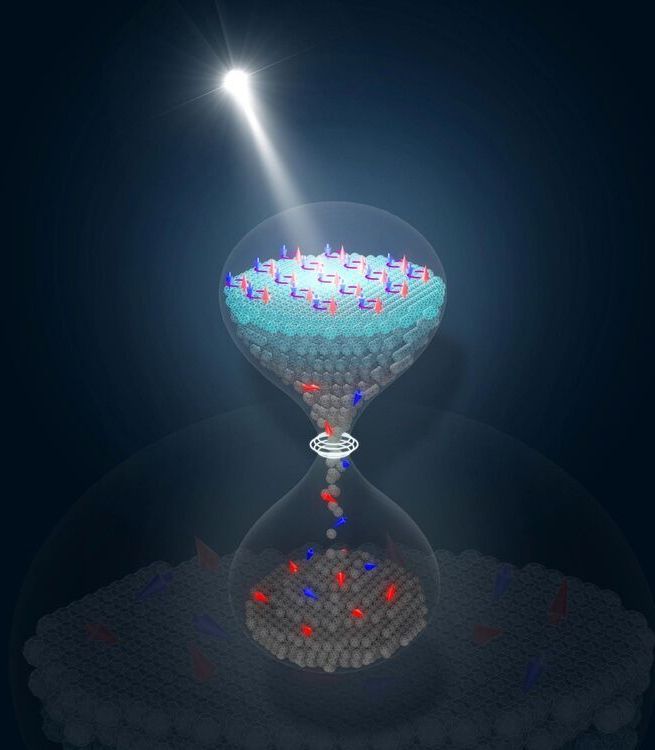Superconductivity – the ability of a material to transmit an electric current without loss – is a quantum effect that, despite years of research, is still limited to very low temperatures. Now a team of scientists at the MPSD has succeeded in creating a metastable state with vanishing electrical resistance in a molecular solid by exposing it to finely tuned pulses of intense laser light. This effect had already been demonstrated in 2016 for only a very short time, but in a new study the authors of the paper have shown a far longer lifetime, nearly 10000 times longer than before. The long lifetimes for light-induced superconductivity hold promise for applications in integrated electronics. The research by Budden et al. has been published in Nature Physics.
Superconductivity is one of the most fascinating and mysterious phenomena of modern physics. It describes the sudden loss of electrical resistance in certain materials when they are cooled below a critical temperature. However, the need for such cooling still limits the technological usability of these materials.
In recent years, research by Andrea Cavalleri’s group at the MPSD has revealed that intense pulses of infrared light are a viable tool to induce superconducting properties in a variety of different materials at much higher temperatures than would be possible without photo-stimulation. However, these exotic states have so far persisted for only a few picoseconds (trillionths of a second), thus limiting the experimental methods for studying them to ultrafast optics.
